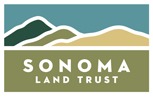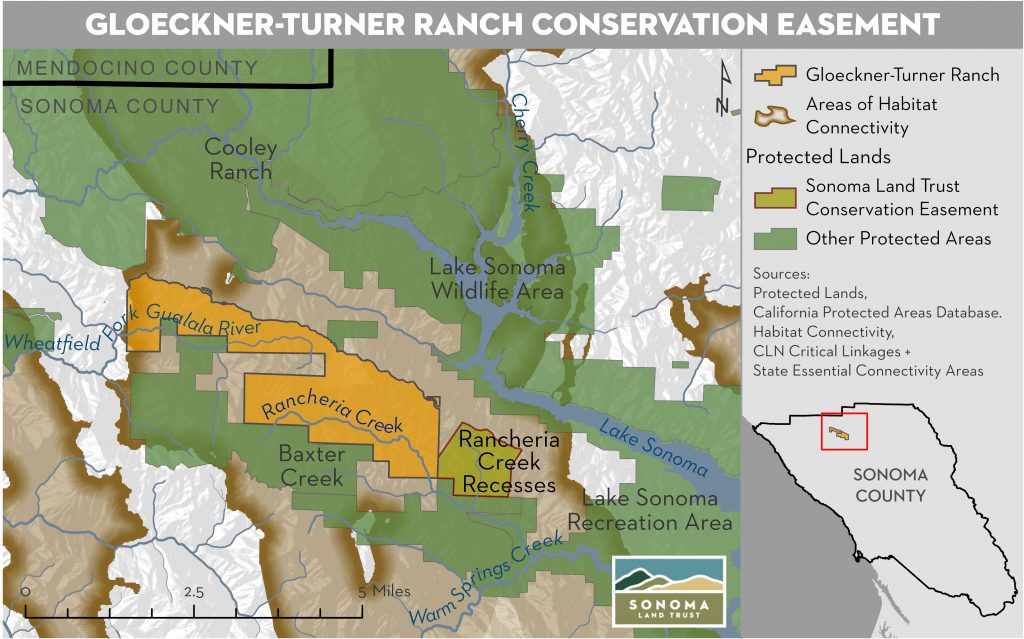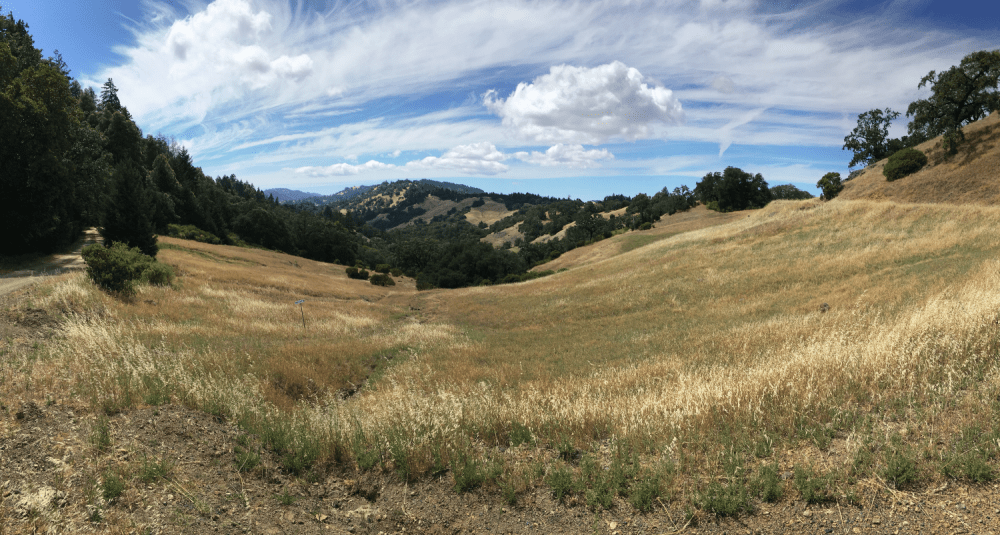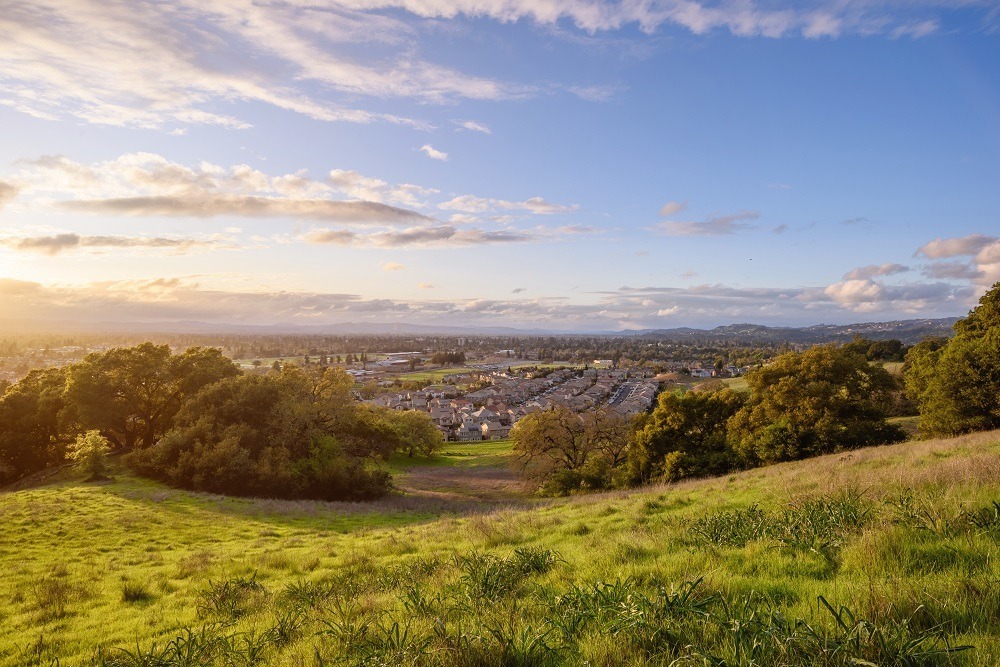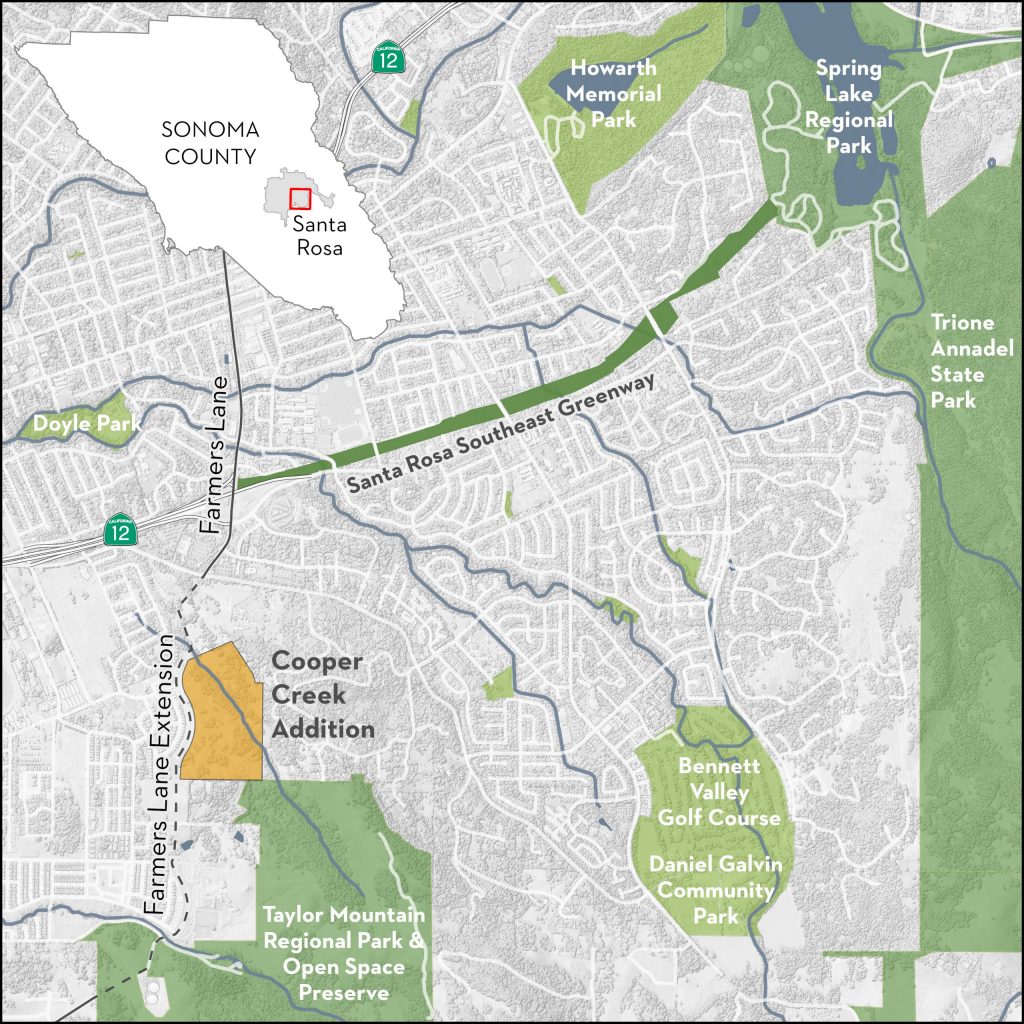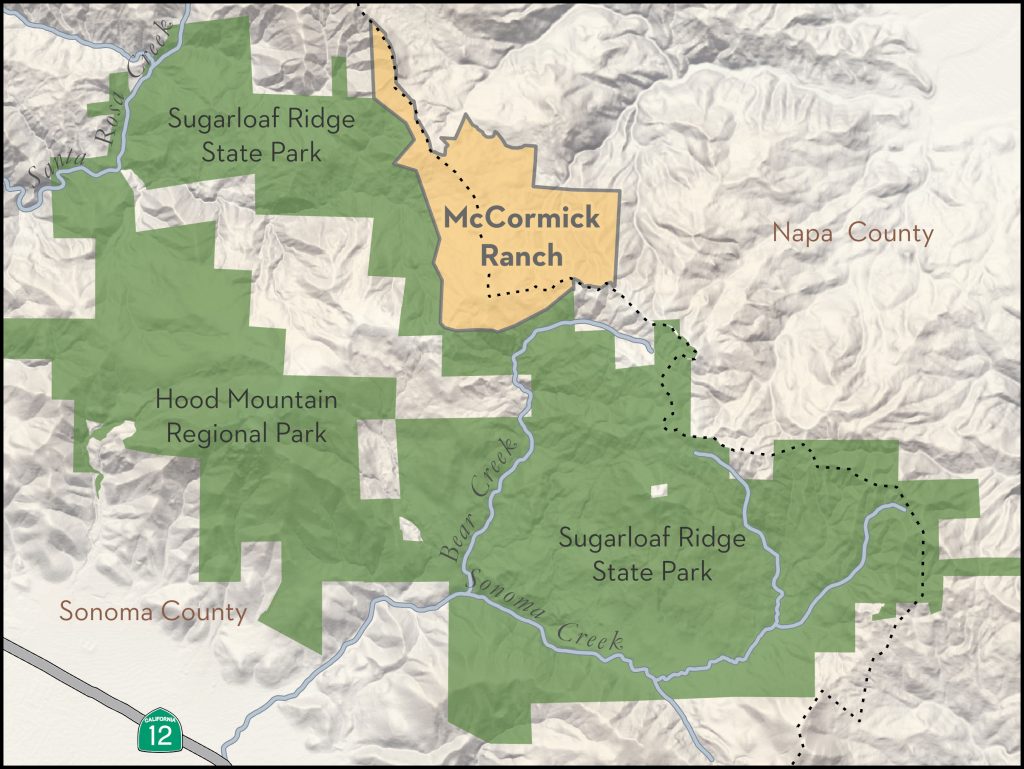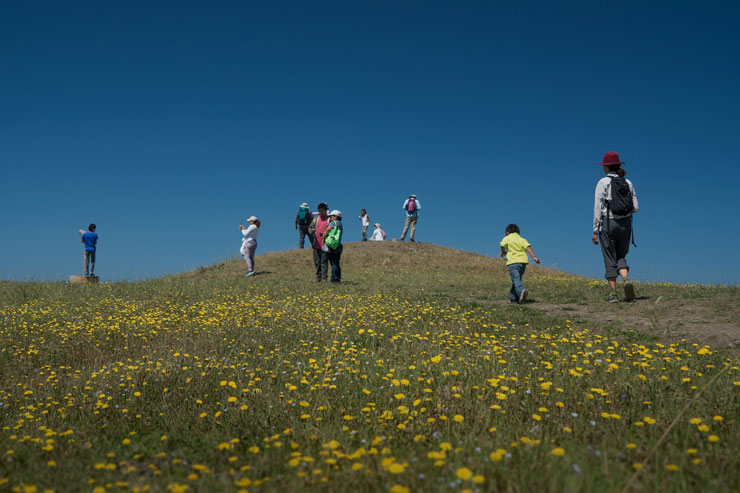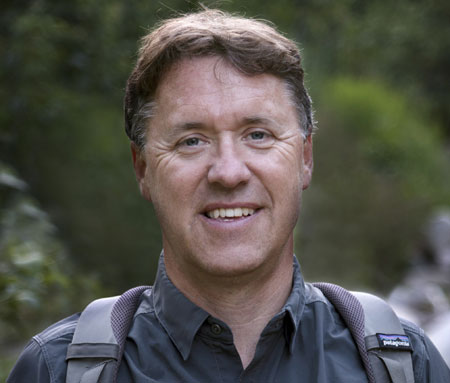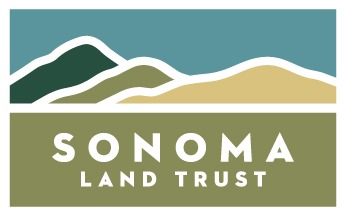CONTACT:
Sean Dowdall
President, Landis PR
sean@landispr.com
(415) 286-7121 (cell)
Today, Sonoma Land Trust announces that it has received a $319,364 grant on behalf of the Sonoma Valley Wildlands Collaborative to implement vegetation management and fuel reduction activities across 18,000 acres of protected lands and conduct countywide public education activities to increase wildfire resilience in Sonoma County, California. The grant will be used to treat 720 acres of wildlands to reduce risk to life, land and property, grow prescribed burning capacity, and increase health and wildfire resilience of diverse habitats. The grant comes from the Resilient Communities Program, a collaboration between Wells Fargo and the National Fish and Wildlife Foundation (NFWF), that aims to help communities better prepare for and respond to climate-related natural disasters by investing in green infrastructure. A unique aspect of the Resilient Communities Program is its focus on unlocking additional matching funding from federal, state or private initiatives that also support resiliency project outcomes. The program was able to source an additional $820,000 in matching funds to support this vegetation and fuels management work, bringing the total conservation impact to more than $1.1 million.
The Sonoma Valley Wildlands Collaborative is a group of six conservation organizations and land management agencies that is coordinating the management of natural lands in the Sonoma Valley region in Northern California. Members include Sonoma Land Trust, Sonoma County Regional Parks, Sonoma County Ag & Open Space, Audubon Canyon Ranch, California State Parks and Sonoma Mountain Ranch Preservation Foundation. Working closely with CAL FIRE, the Collaborative maintains and improves ecosystem health, increases resilience to wildfires and climate change, and reduces future impacts of wildfire to communities in the Sonoma Valley. More information is available at https://www.svwildlandscollaborative.com.
“Fire management and the impacts of climate change are pressing challenges that transcend property boundaries or jurisdictional lines and that require us to work together,” said Tony Nelson, stewardship program manager for Sonoma Land Trust. “Homes and communities have their work to do and we’re grateful that this funding will help the Sonoma Valley Wildlands Collaborative use proven methods that contribute to community safety while also promoting ecological health and resilience in our natural landscapes.”
“We continue to see and experience the devastating effects of extreme weather and a changing climate on the communities in which our customers and employees live and work,” said Mary Wenzel, head of Sustainability & Corporate Responsibility at Wells Fargo. “By enhancing and strengthening native ecosystems and building capacity at the local level, we can help minimize the impact of climate-related natural disasters on our customers and communities. We are proud to be working with NFWF on this important national program.”
The Sonoma Land Trust grant is among 11 Resilient Communities Program grants awarded nationwide in this latest round, totaling $3.6 million and generating an additional $4.5 million in matching contributions for nonprofit organizations and tribes across the U.S. to help communities address and mitigate the impact of impact of natural disasters and a changing climate. By investing in green infrastructure and providing conservation and resilience training for community leaders, the funded projects aim to enhance the protections naturally provided by healthy ecosystems.
To date, the Resilient Communities Program has supported 37 projects in Puerto Rico and U.S. states with $12.6 million in program funding distributed and $30 million in federal and local matching funds. These projects are restoring and protecting more than 175,000 acres of land and engaging 136,000 people in conservation and capacity building.
“This program continues to demonstrate how local communities can use the benefits of natural ecosystems to provide for a more resilient future for our nation,” said Jeff Trandahl, executive director and CEO of NFWF. “These 11 grants in partnership with Wells Fargo will work to build resilience locally, to help communities meet future challenges through natural systems and resources, and to benefit habitats for birds, fish and other wildlife.”
About Sonoma Land Trust
Sonoma Land Trust believes land is the foundation of our economy and our community’s health and well-being. Since 1976, Sonoma Land Trust has protected 56,000 acres of scenic, natural, agricultural and open land for future generations, and is accredited by the Land Trust Accreditation Commission. For more information, please visit www.sonomalandtrust.org.
About Resilient Communities
In 2017, the National Fish and Wildlife Foundation and Wells Fargo Foundation created the Resilient Communities program to boost community capacity to prepare for impacts associated with coastal sea level rise, water quantity and quality issues and extended wildfire seasons. The program empowers communities to advance and employ natural features like urban tree canopies, wetlands, healthy upstream watersheds, resilient shorelines and forests that provide natural protections against extreme weather events. The Resilient Communities program prioritizes inclusion and aiding historically underserved, low- and moderate-income communities.
